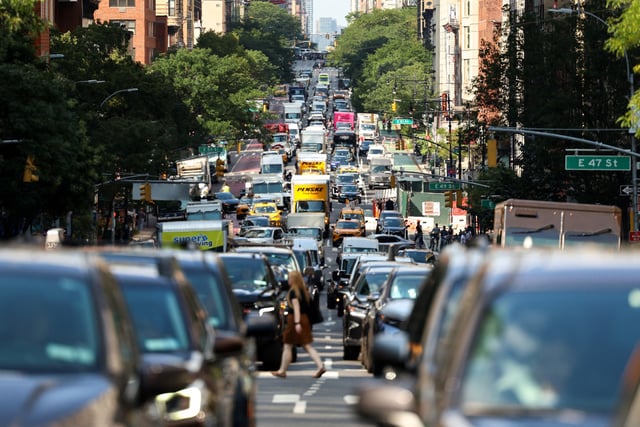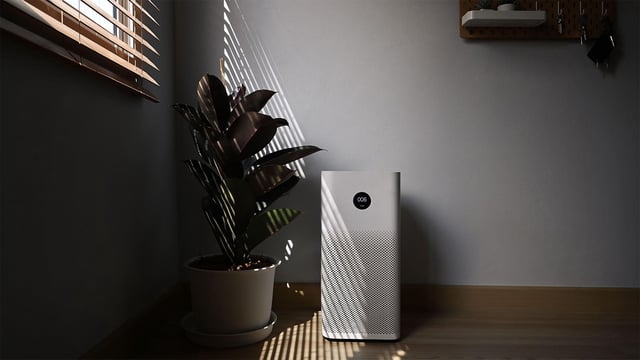Overview
- Researchers enrolled 154 adults living near highways I-93 and Rt-38 in eastern Massachusetts in a randomized crossover trial to compare one-month active HEPA filtration with sham units and observed a net 3.0 mm Hg drop in systolic blood pressure among participants with baseline readings ≥120 mm Hg.
- Active HEPA filtration halved indoor PM2.5 concentrations from 5.2 µg/m3 during sham periods to 2.5 µg/m3 under active filtration, demonstrating significant reduction in traffic-related fine-particulate exposure.
- Authors recommend HEPA purifier use for vulnerable populations living within 200 meters of busy highways or 100 meters of major roads to mitigate cardiovascular risk, noting the absence of known adverse effects.
- No significant reduction in systolic pressure was found among participants with baseline readings below 120 mm Hg, and diastolic blood pressure remained unchanged across the cohort.
- Study limitations include a predominantly white, higher-income sample and exclusion of individuals on blood pressure medications, prompting calls for broader research to confirm and generalize the findings.



